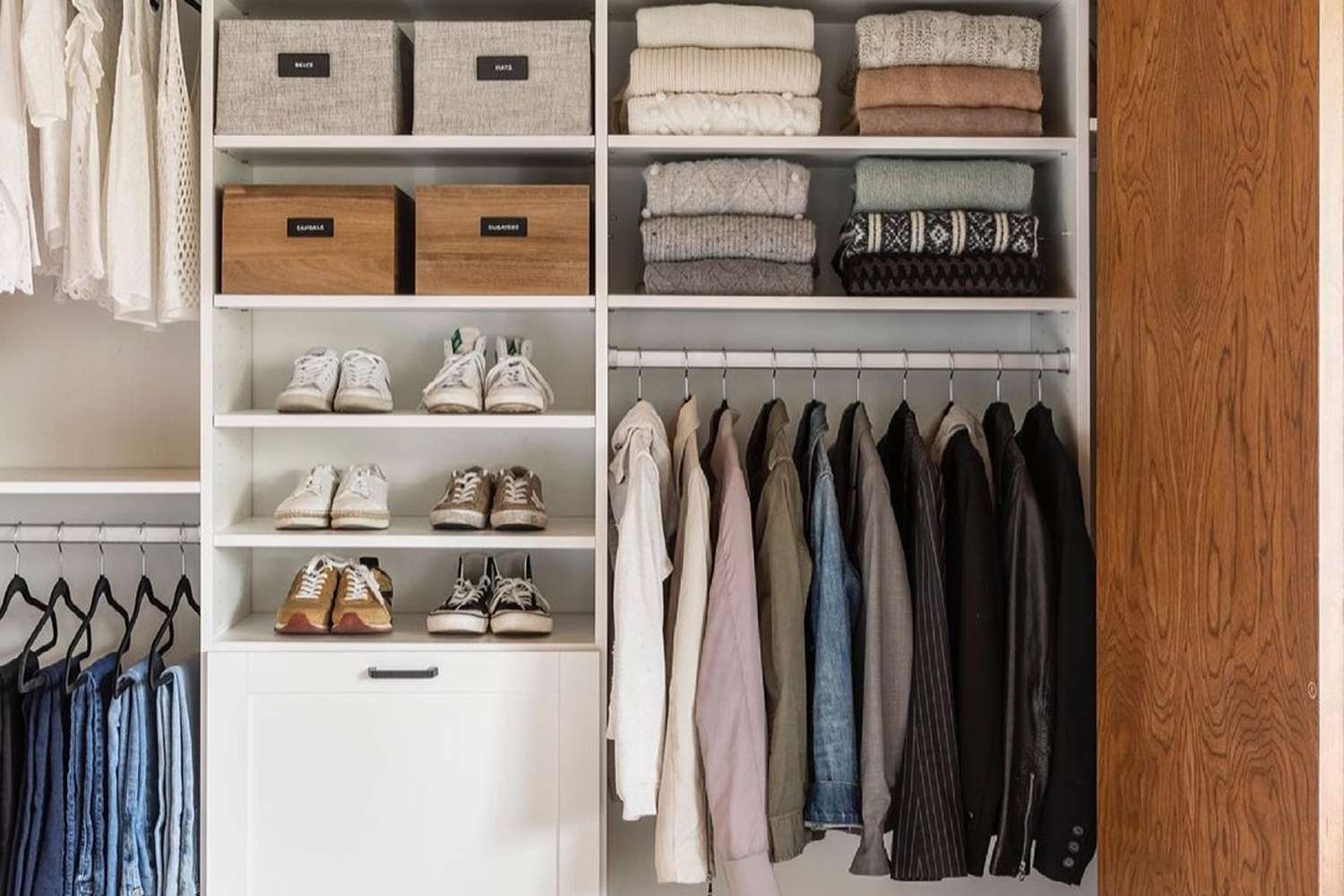Custom Shelving Options: When thinking of closet organization ideas, custom shelving is always a top choice. Adding shelves helps maximize vertical space and allows for easier access to items you use frequently. Whether you go for built-in shelves or adjustable units, make sure you utilize every inch of available space. Use smaller shelves for accessories like bags and shoes, and larger ones for folded clothing or bins. Custom shelving helps you get the most out of your closet's dimensions, making it both practical and visually appealing.
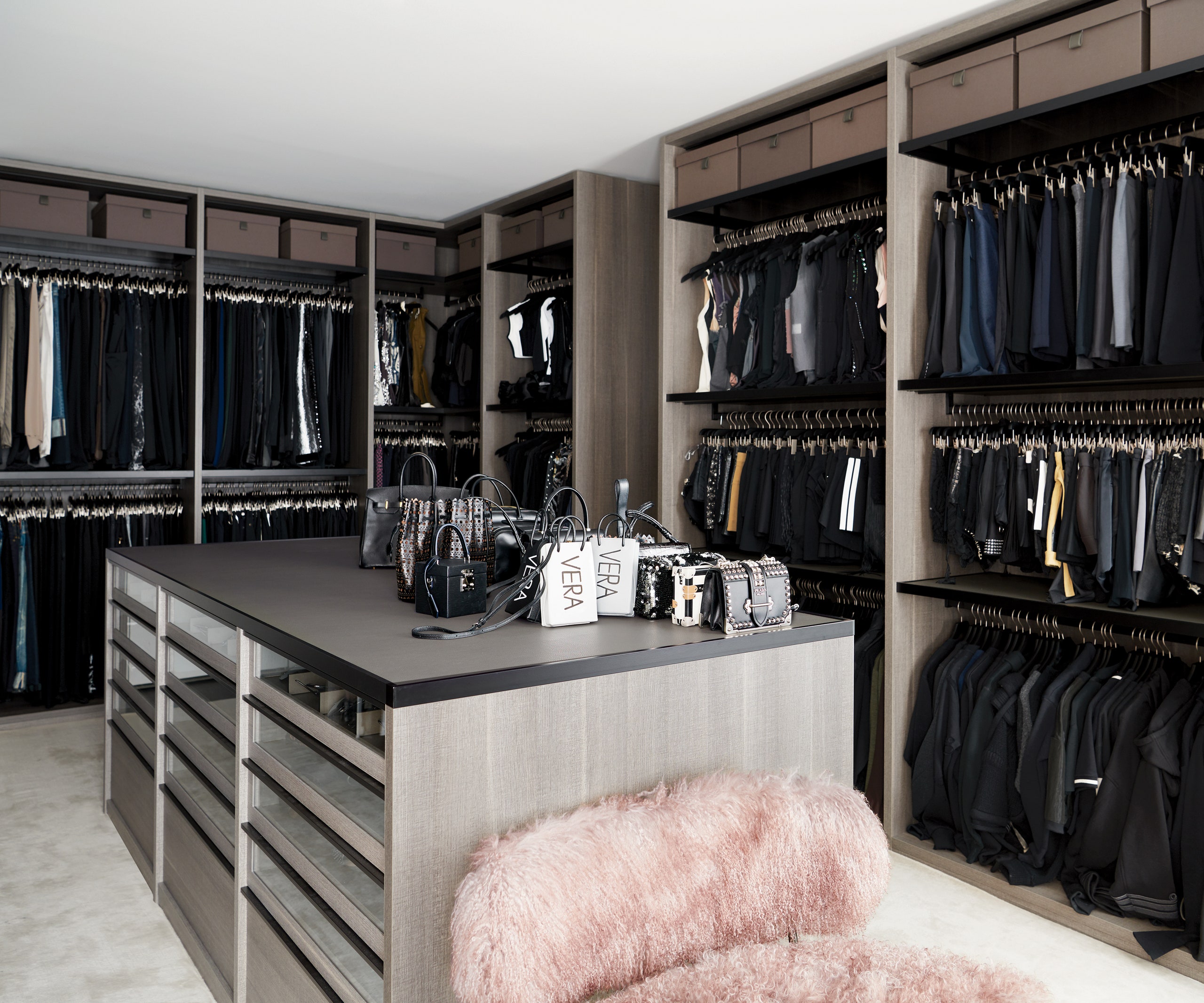
Drawer Organizers for Maximum Efficiency: If your closet has built-in drawers, using drawer organizers can be a game-changer. These handy dividers allow you to separate items like socks, underwear, or jewelry, keeping everything in its place. Drawer organizers are particularly useful for minimizing clutter and ensuring that every item has a designated spot. There’s no more need to rummage through piles to find what you’re looking for—drawer organizers create order in even the smallest spaces.
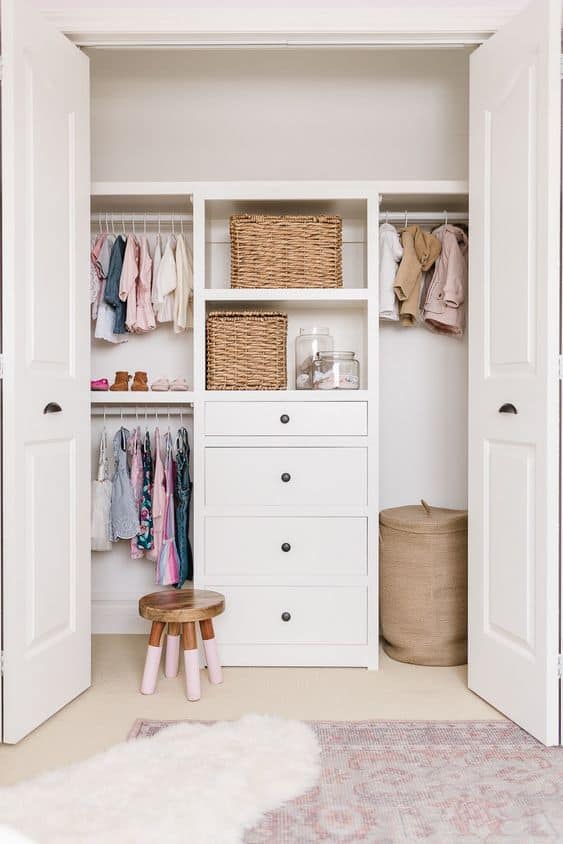
Double Hanging Rods to Double Your Space: Maximizing vertical space is a key component of closet organization ideas. By adding a second hanging rod, you can effectively double the amount of space for clothes. Use the upper rod for longer items like dresses and coats, while the lower one can hold shorter pieces like shirts and pants. This simple hack can make your closet feel twice as large without any major renovations.
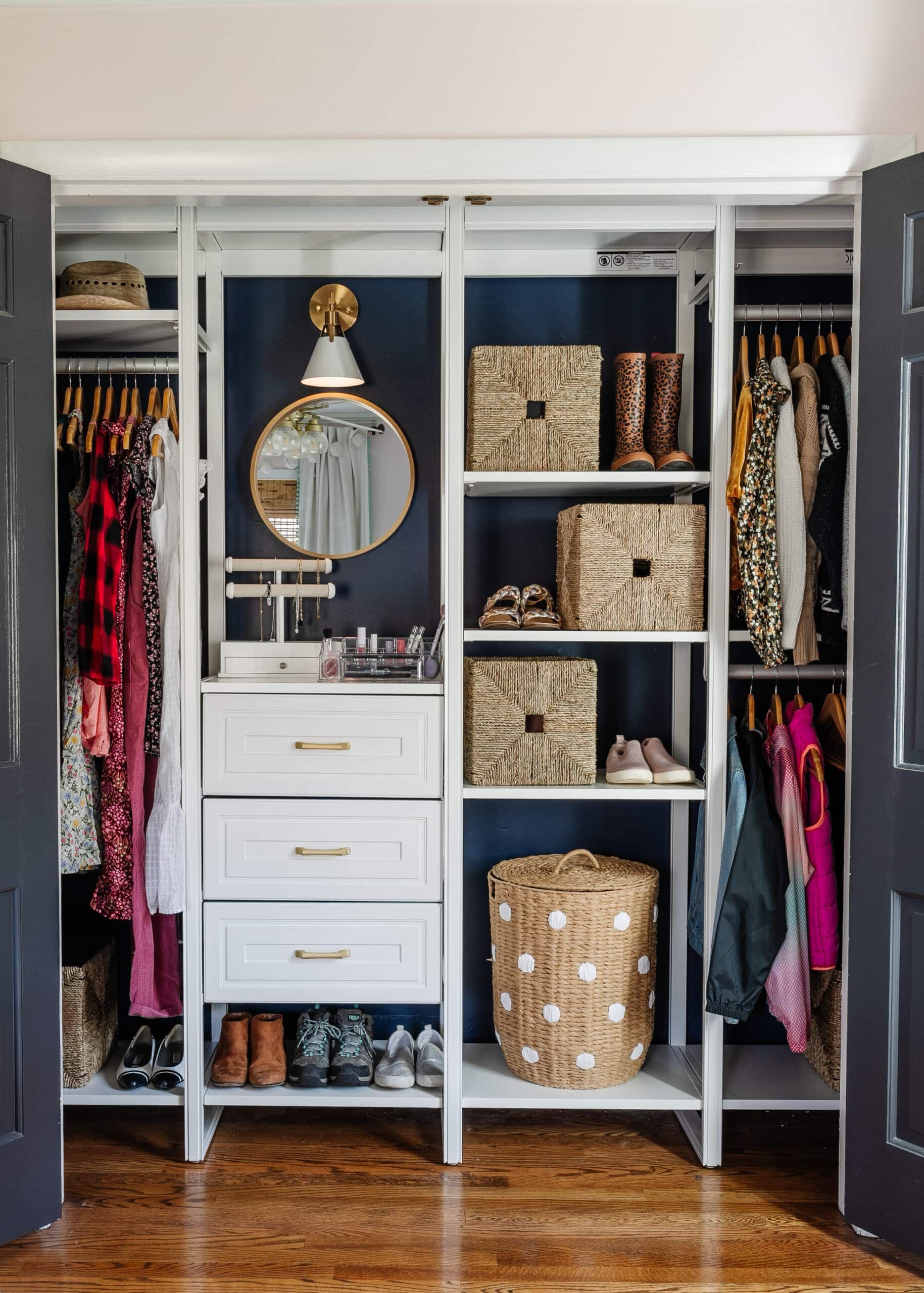
Hooks and Racks for Accessories: Closet organization isn’t just about your clothes—it’s about your accessories too! Adding hooks and racks for belts, scarves, hats, or bags can save space while keeping these often-misplaced items easily accessible. You can install hooks on the inside of closet doors or use racks on the walls. This allows you to display accessories neatly, making them easy to find and preventing them from tangling or getting damaged.
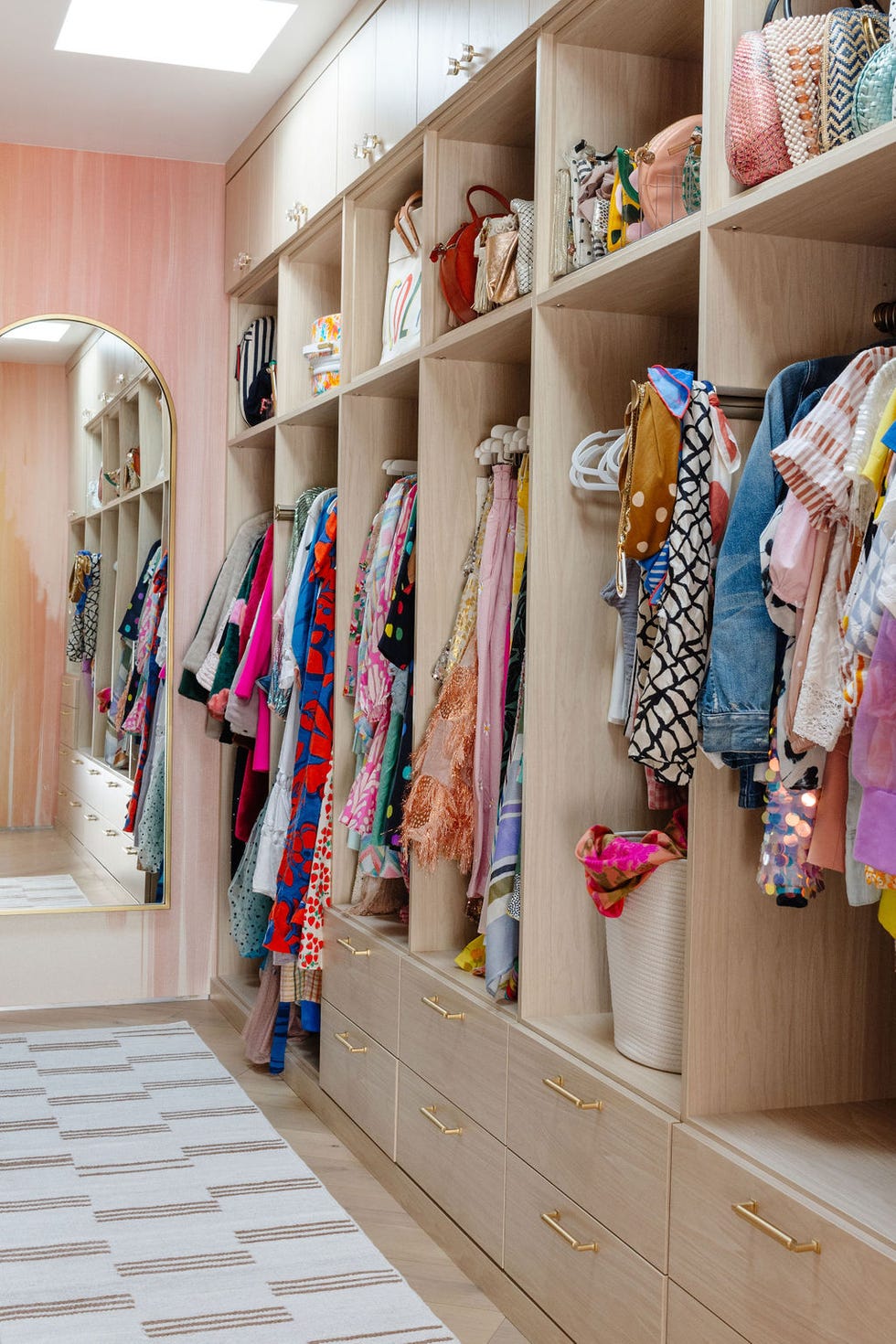
Clear Bins and Labels for Easy Identification: Clear storage bins are a smart solution for closet organization because they let you see exactly what’s inside without having to open them. Pair clear bins with labels for added organization. Whether you’re storing seasonal items, shoes, or off-season clothes, labeled bins help you find what you need faster, reducing clutter and keeping everything orderly. The more visible and clearly labeled your storage, the easier it will be to maintain your organized closet.
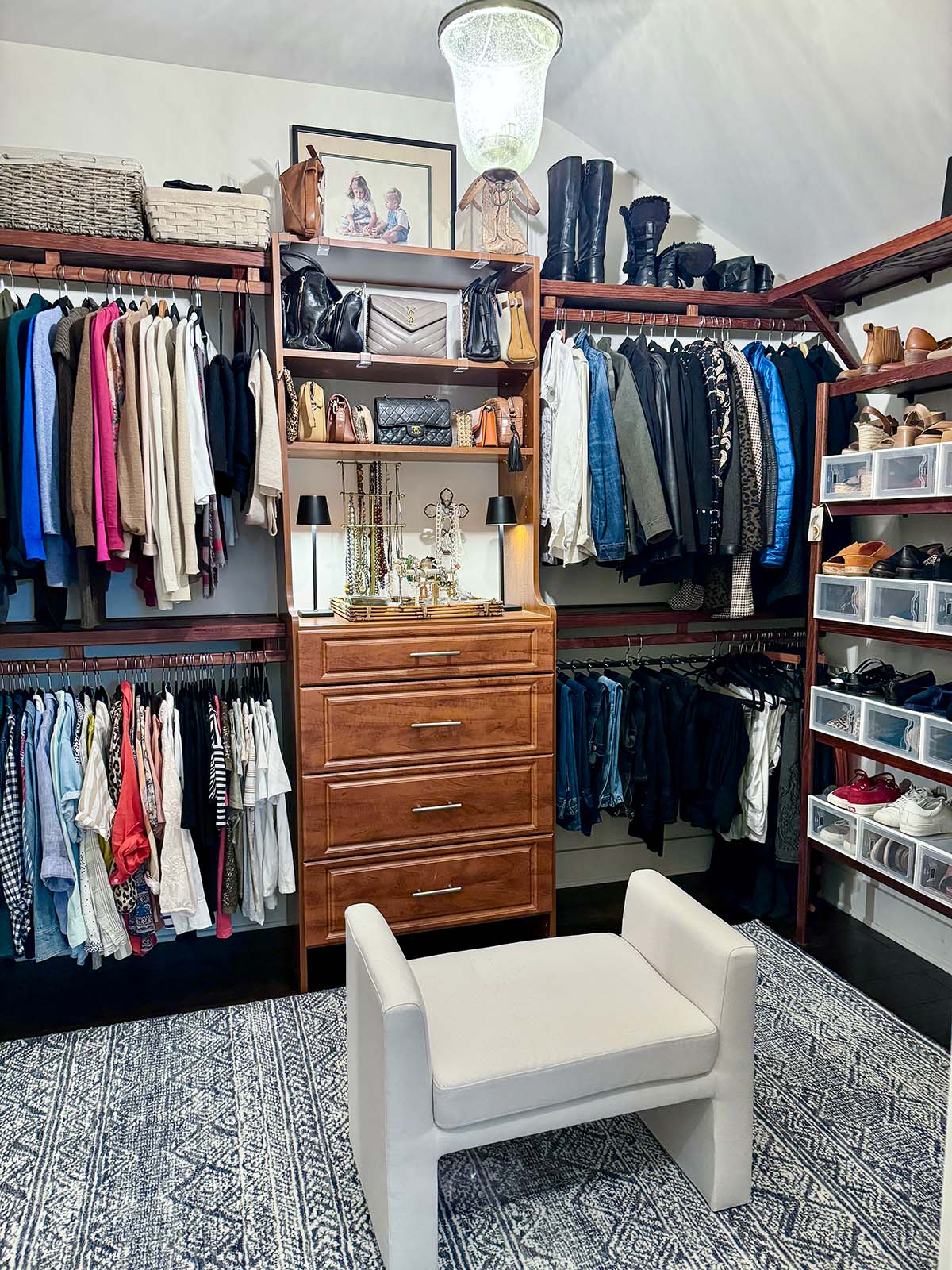
Over-the-Door Storage: If you’re looking to add extra storage without taking up valuable floor space, over-the-door storage solutions are ideal. These can be used for everything from shoes to small accessories and are perfect for closets that don’t have a lot of built-in shelving. Over-the-door organizers make use of space that would otherwise go unused and keep items within easy reach.
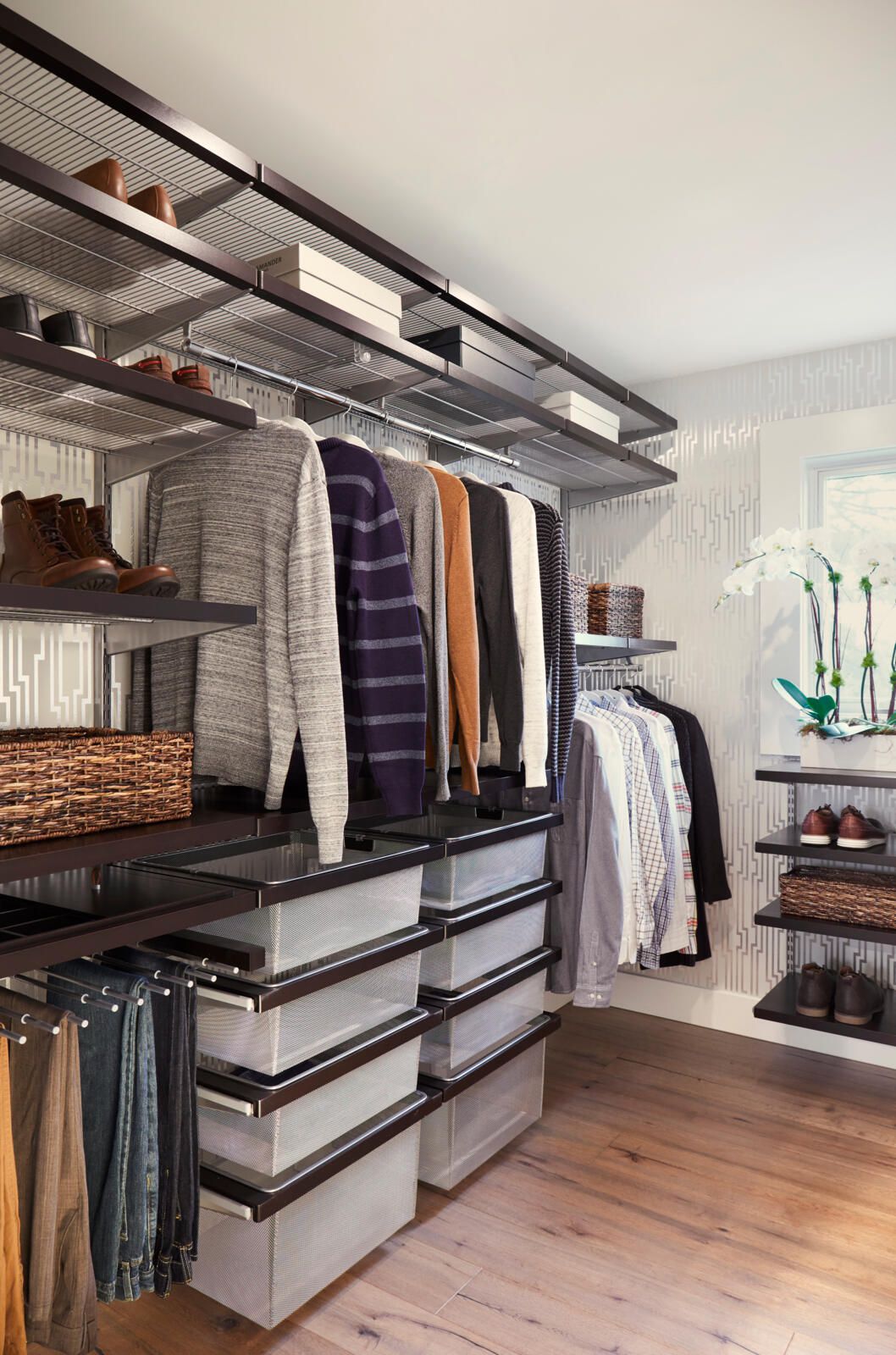
Use Matching Hangers for a Clean Look: A quick and simple closet organization idea is to invest in matching hangers. Mismatched hangers can make your closet look messy, while uniform hangers create a streamlined, cohesive appearance. Plus, thin, velvet hangers are perfect for maximizing space and preventing clothes from slipping. This small change can have a big impact on the overall look and feel of your closet.
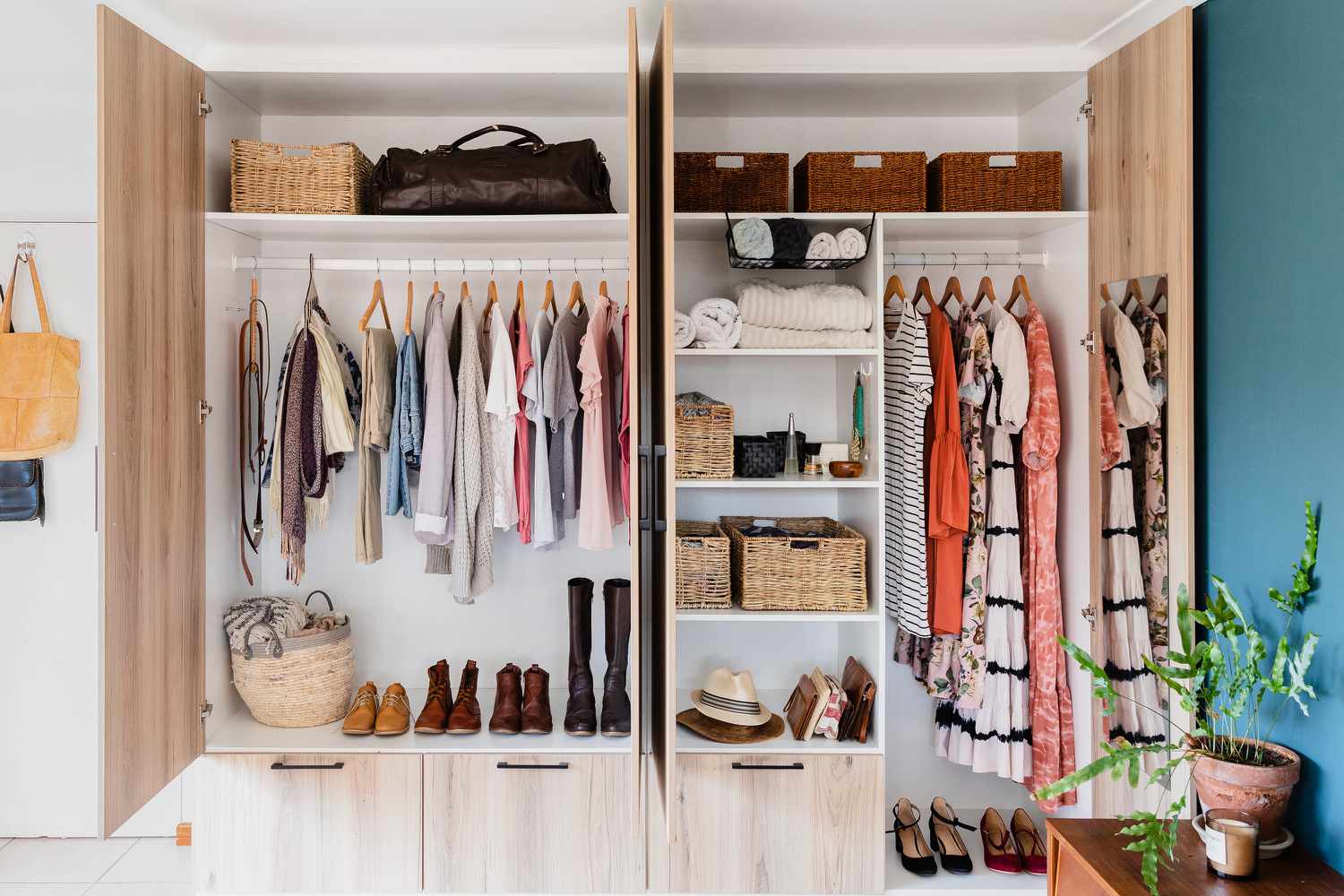
Seasonal Rotation for a Tidy Closet Year-Round: One often overlooked closet organization idea is rotating your wardrobe seasonally. Keep only the clothes you’re wearing for the current season in your closet, and store off-season clothes in bins or under your bed. This not only frees up space but also makes it easier to find what you’re looking for, reducing the feeling of a cluttered wardrobe. When the seasons change, simply switch out your clothes and enjoy a neat, organized closet all year long.
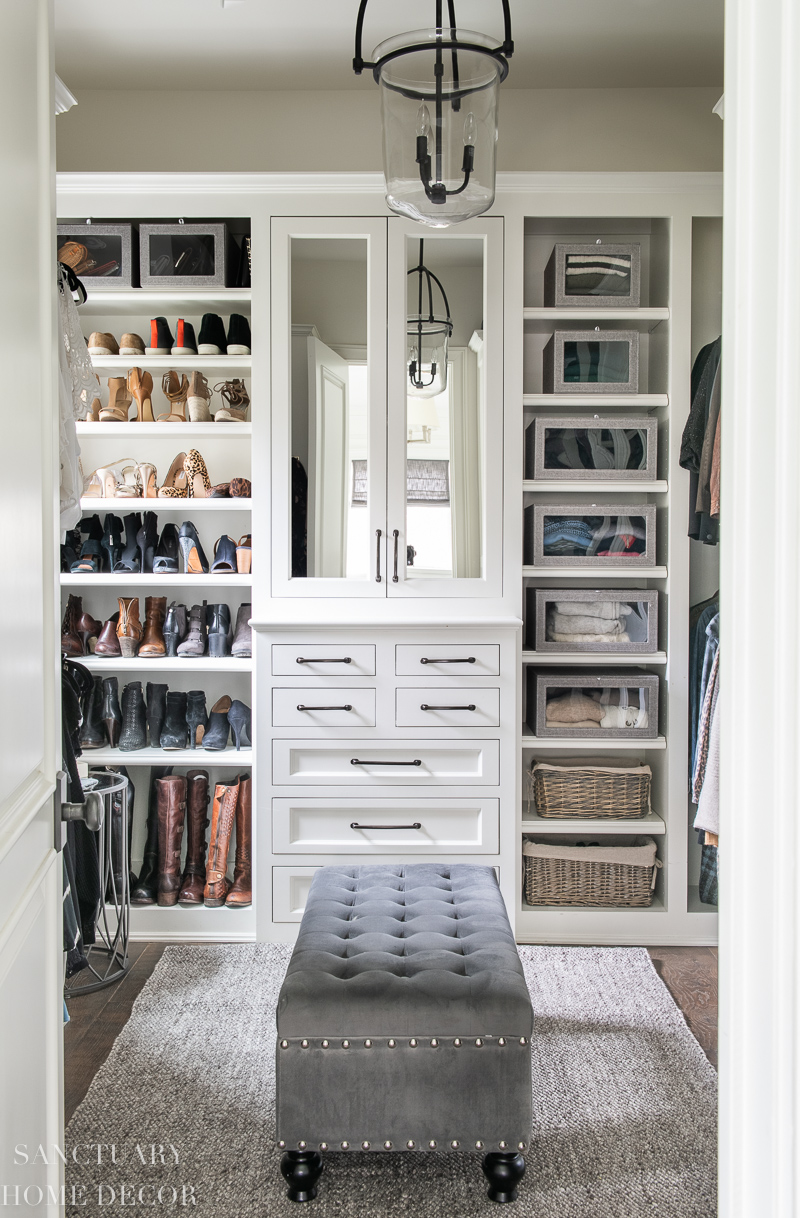
Create a Designated Space for Everything: One of the most important closet organization ideas is to designate specific spaces for each type of clothing or accessory. This means giving everything from shoes to ties to workout gear its own home. When every item has its own place, you’re more likely to put things away where they belong, maintaining your organization system in the long run.
